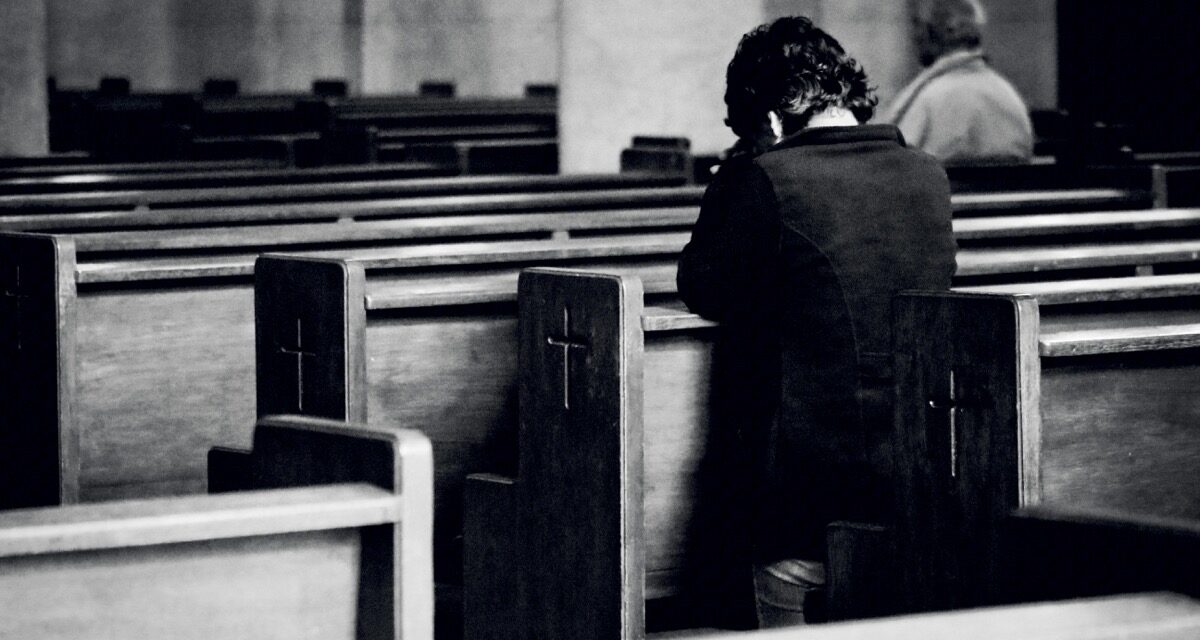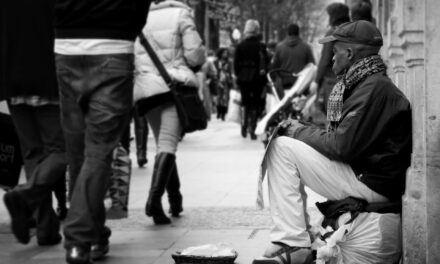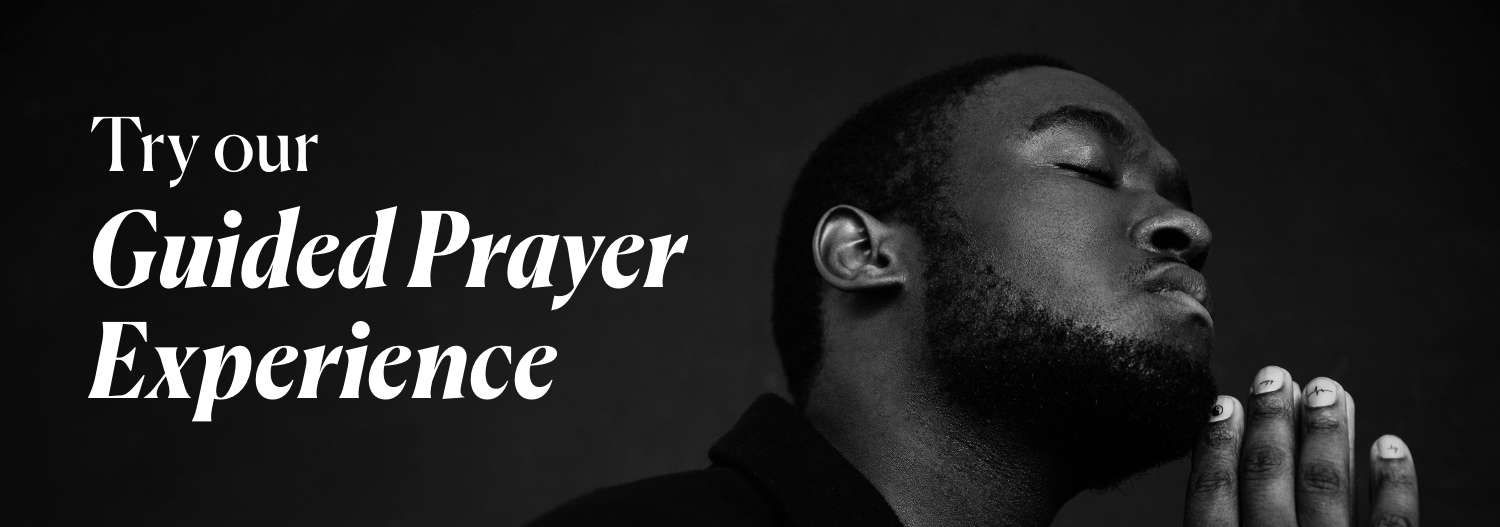My wife Sarah and I were recently discussing whether dressing nicer for Mass was a sign of reverence, as I have tended to dress more casually as the years have gone on. I tend to see weekly Mass as a “come as you are” event where all are welcome as authentically as they are. But our conversation raised curious questions around the nature of reverence toward God or in relationship. Why do I dress casually for Mass but dress up for a date with Sarah? Is reverence just attire?
 Ignatius’ Journey
Ignatius’ Journey
St Ignatius holds reverence up as an important part of our relationship with God. In his Principle and Foundation he says that we are meant to “praise, reverence, and serve” God. These things are not about servility but are products of my love for God, just as my love for Sarah moves me to a deep reverence and awe for her. Ignatius lived a life of vainglory. The kind a young noble knight might live. No doubt he was caught up in the externals of dress and ritual, things that on their surface appeared to convey reverence for God, country, and the ladies who passed his way. But Ignatius’ story tells of a profound transformation that mirrors the broader spiritual journey from superficial expressions of faith to a more profound, personal relationship with God. His story illustrates the tension between external expressions of reverence and the authentic inner spirit of reverence.
Inner Reverence
Any act of authentic reverence is a response to an experience of God. As I experience the love of my relationship with Sarah, I am moved to gratitude and reverence for who she is as a creation of God. True reverence therefore is born out of an intimate knowledge of God, a knowledge that transforms the heart and compels it to act—not out of obligation but out of love.
 Indeed, Jesus kept trying to move people toward relationship first. In his Sermon on the Mount, Jesus teaches first to reconcile with your brother or sister and then offer your gift at the altar. Reverence the relationship so you can then authentically go through the ritual. The internal reverence deepens the external expression. Now the scribes and Pharisees were portrayed as being trapped by the externals, appearing reverent through their external actions and dress. “They do all their deeds to be seen by others; for they make their phylacteries broad and their fringes long. They love to have the place of honour at banquets and the best seats in the synagogues, and to be greeted with respect in the market-places, and to have people call them rabbi.” (Matt. 23:5-7). Later he says, “You clean the outside of the cup and of the plate, but inside they are full of greed and self-indulgence.” (Matt. 23:25b)
Indeed, Jesus kept trying to move people toward relationship first. In his Sermon on the Mount, Jesus teaches first to reconcile with your brother or sister and then offer your gift at the altar. Reverence the relationship so you can then authentically go through the ritual. The internal reverence deepens the external expression. Now the scribes and Pharisees were portrayed as being trapped by the externals, appearing reverent through their external actions and dress. “They do all their deeds to be seen by others; for they make their phylacteries broad and their fringes long. They love to have the place of honour at banquets and the best seats in the synagogues, and to be greeted with respect in the market-places, and to have people call them rabbi.” (Matt. 23:5-7). Later he says, “You clean the outside of the cup and of the plate, but inside they are full of greed and self-indulgence.” (Matt. 23:25b)
How necessary is it for the external to indicate what’s going on inside? When I consider coming “as I am” to Mass, is there not a reverence that comes out in the authenticity of being just me? Is not the truest expression of reverence found in the quiet depths of the heart? Certainly we can find ourselves going through the motions and misplacing our reverence in an external practice. The other day I was craving a Whopper from Burger King, but I realised it was a Friday in Lent when Catholics are expected to abstain from meat. My disappointment didn’t last long when I realised that they sell an Impossible Whopper with a meatless patty that tastes just as good as the real thing. “Great!” I thought. “I can fulfil my craving while holding to the Lenten obligation.” But then I paused and realised how silly this was. What’s the point of the external practice if there wasn’t really any internal spiritual sacrifice.
I think this is the key to my question about the external expressions of reverence. They need to be aligned with what’s going on inside. Not eating meat on Friday may not always reflect the purpose of the practice. This is why personal discernment about our external expressions is necessary.

Who’s more reverent? / Image by DALL-E
External Reverence
The bishops in the United States made an adaptation to the worldwide norm of standing during most of the Eucharistic prayer. American Catholics kneel for a longer period. They did this to emphasise reverence and respect during these moments of the Mass. The US bishops write, “When our bodies are engaged in our prayer, we pray with our whole person. Using our entire being in prayer helps us to pray with greater attentiveness.”
Ignatius sought to integrate body and soul in prayer, emphasising the discernment of posture and environment. Indeed the Catholic sacramental imagination holds that the externals can form our internal disposition. Consider how rituals like lighting a candle or opening our hands in prayer can deepen our inner reverence for the moment, opening our hearts. The body, in its actions, can lead the soul into a deeper awareness of the sacred, facilitating an encounter with God that is both embodied and spiritual. Yet, these actions must always spring from the heart’s genuine movement, lest they become empty rituals.
Still, reverence is not a uniform garment to be worn in the same manner by all but a personal, intimate gesture of love and respect towards our Creator. Reverence ought to meet the unique contours of each soul’s relationship with God.
We certainly are not called to the false reverence of the Pharisees. How we dress for public worship or even for a date with our partner is something to be discerned by each person as they reflect on how their external expressions of reverence meet or enhance their internal reverence.
The nature of reverence, it seems, is an ongoing dance between the outward and inward; a continuous conversation between the heart and the world. It defies a one-size-fits-all approach. It’s about finding expressions that resonate with our unique relationship with God, honouring both the sacredness of rituals and the authenticity of our individual hearts. This ongoing journey of clarifying real reverence involves embracing the external practices that authentically reflect our relationship with the Divine while releasing any that ring hollow or false. Whether expressed through dress, ritual, or quiet mindfulness, reverence is ultimately a reflection of our deepest relationship with God, ourselves, and our neighbour.
Related posts:
- Reverence and the Bow
- Praise, Reverence, and Serve
- Friend and Master: Two Images of Divine Companionship
Listen to the podcast version of this post…









I follow the Latter-day Saint faith tradition, and found this article to be wonderfully written, and very beautiful and profound in its expressions. It has blessed my understanding of reference and discipleship to God.